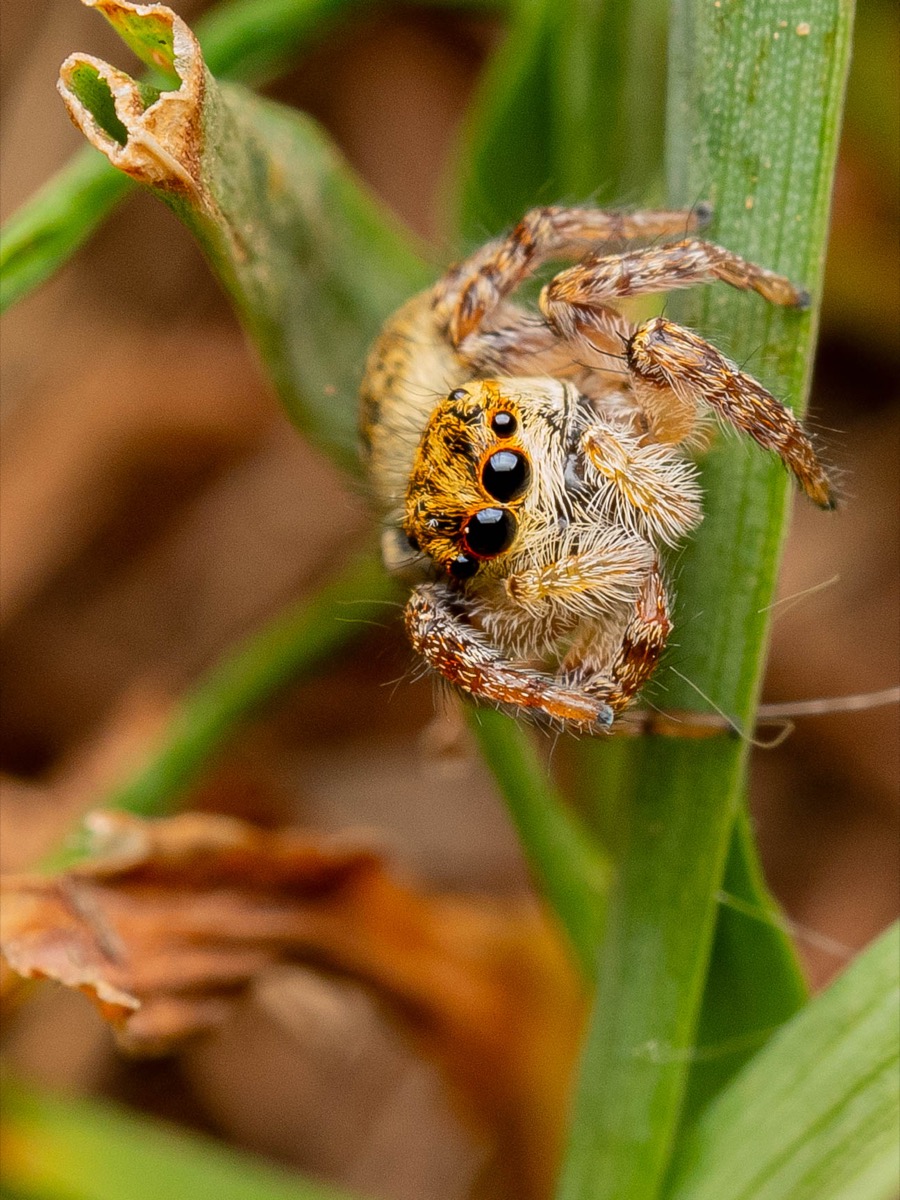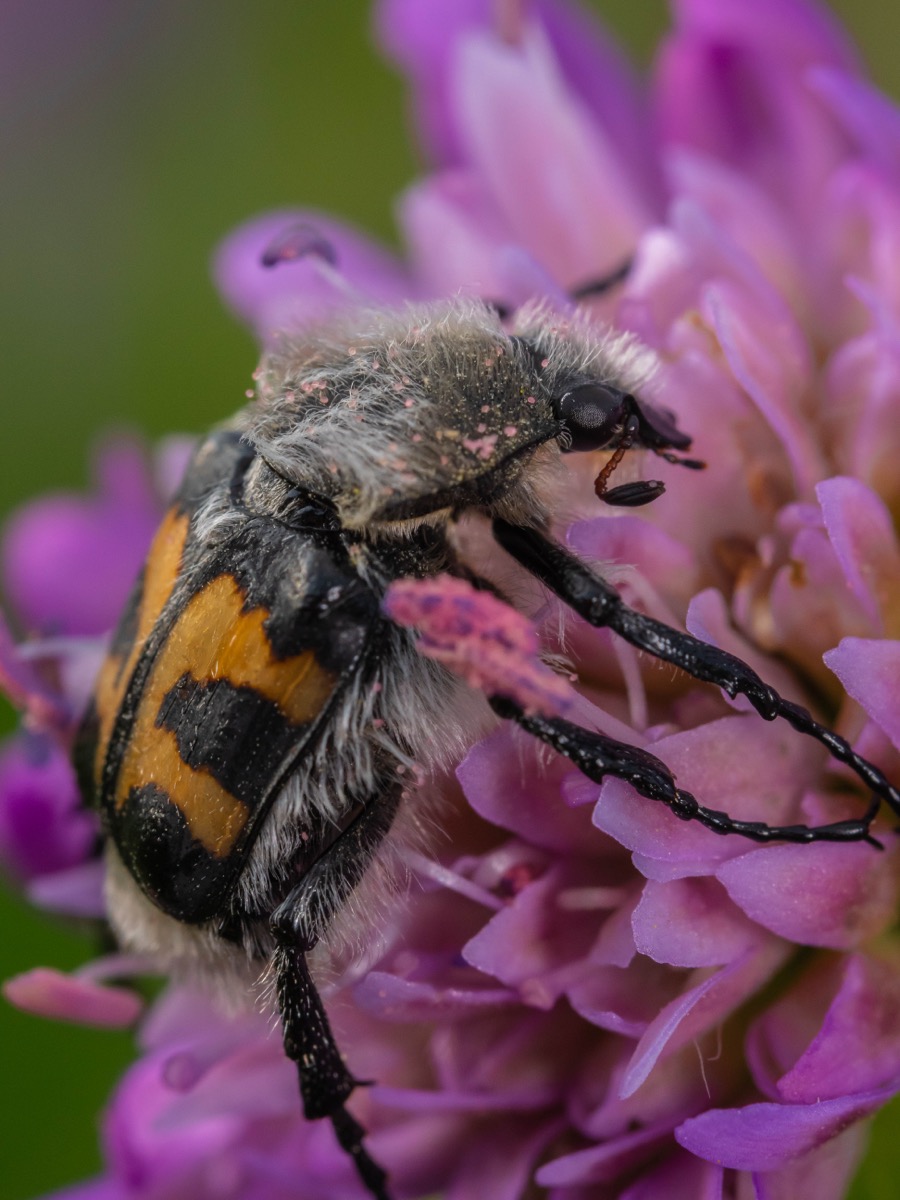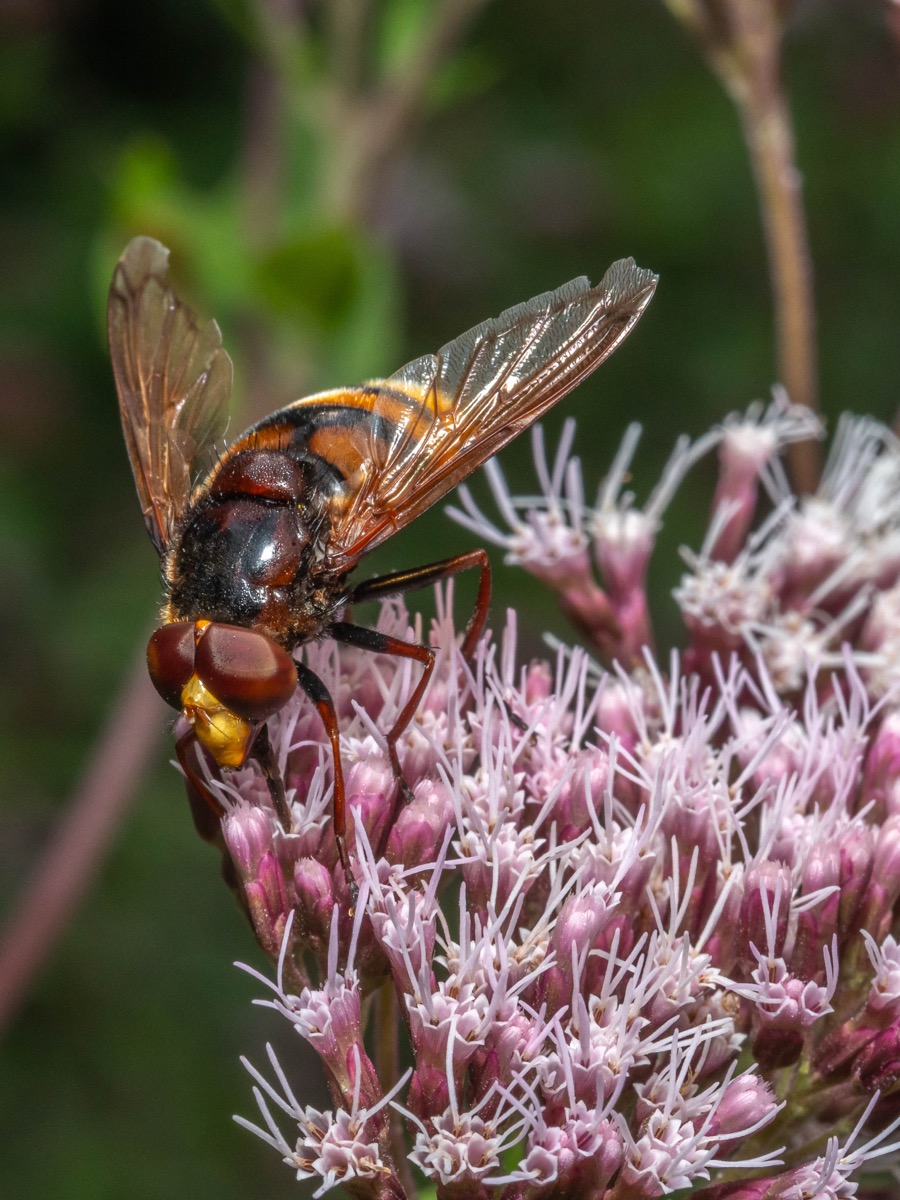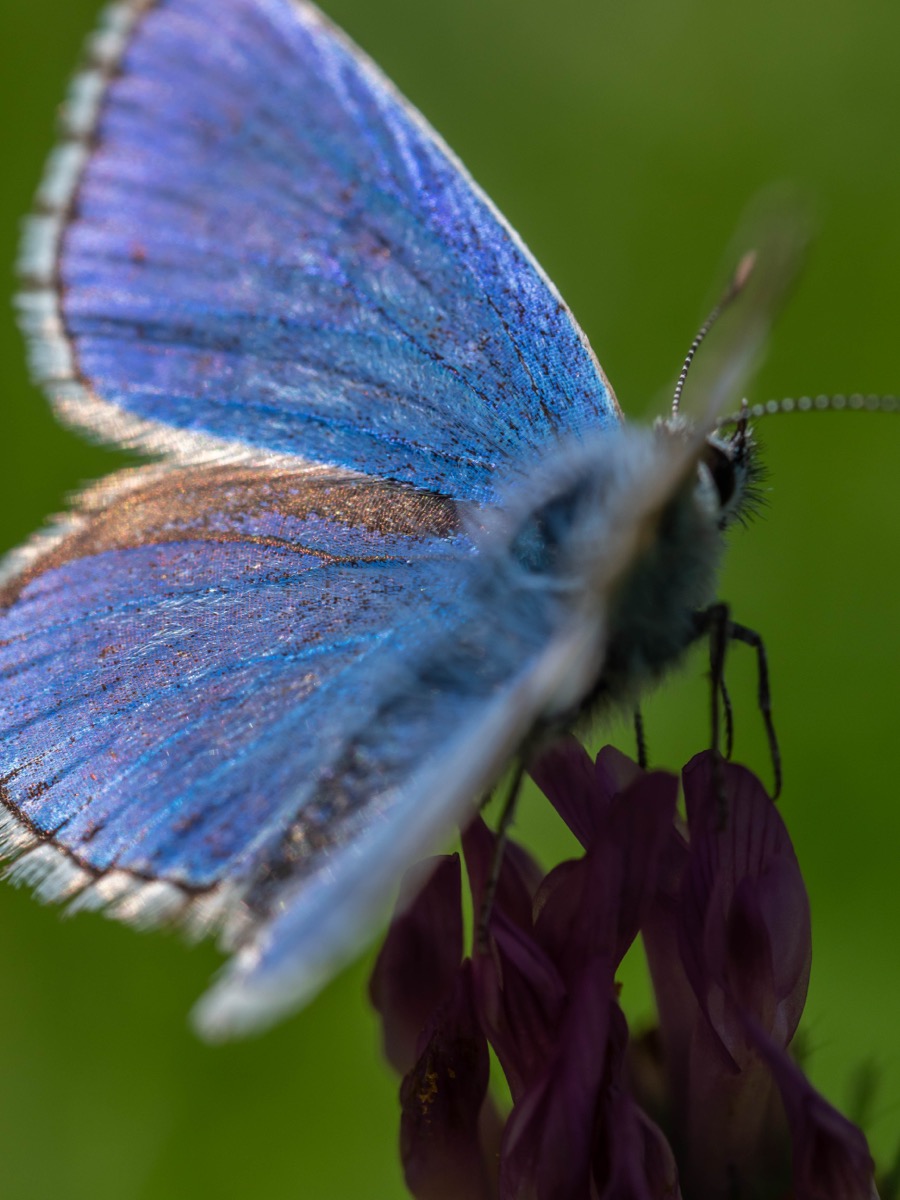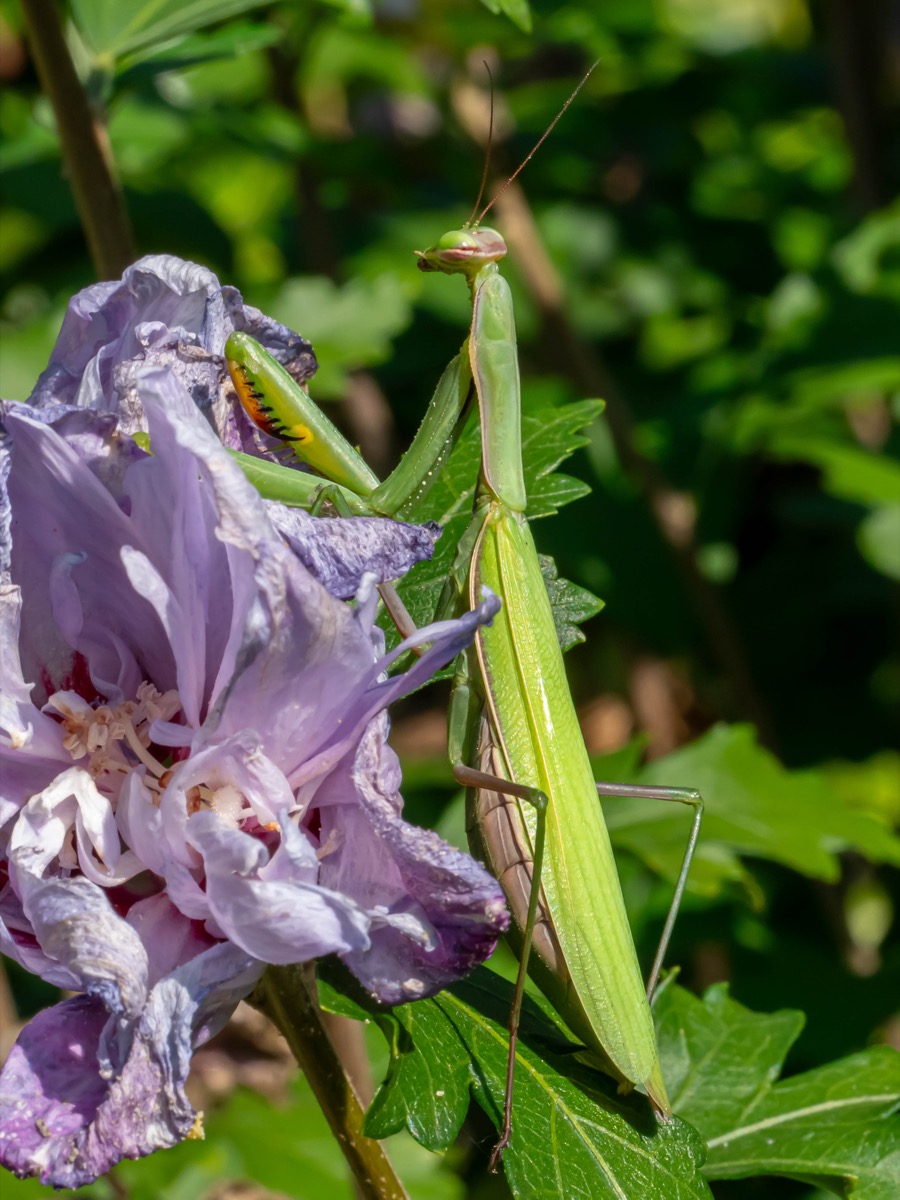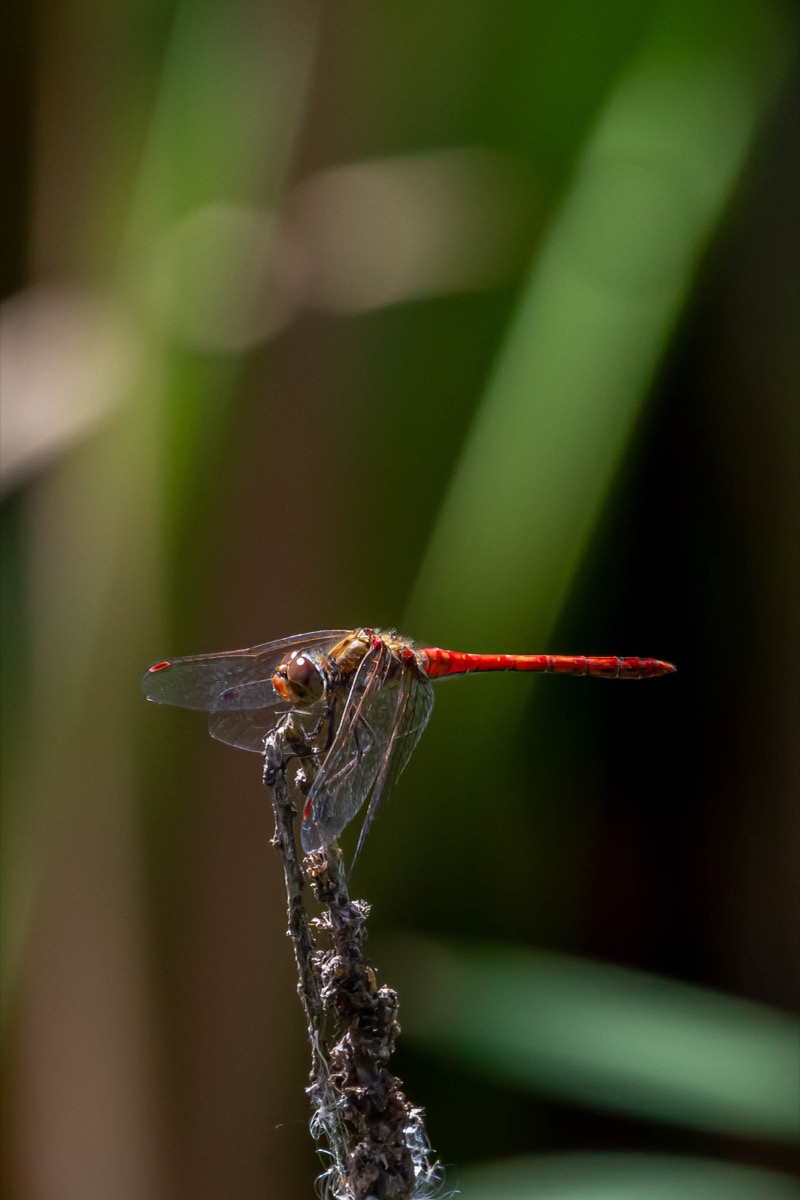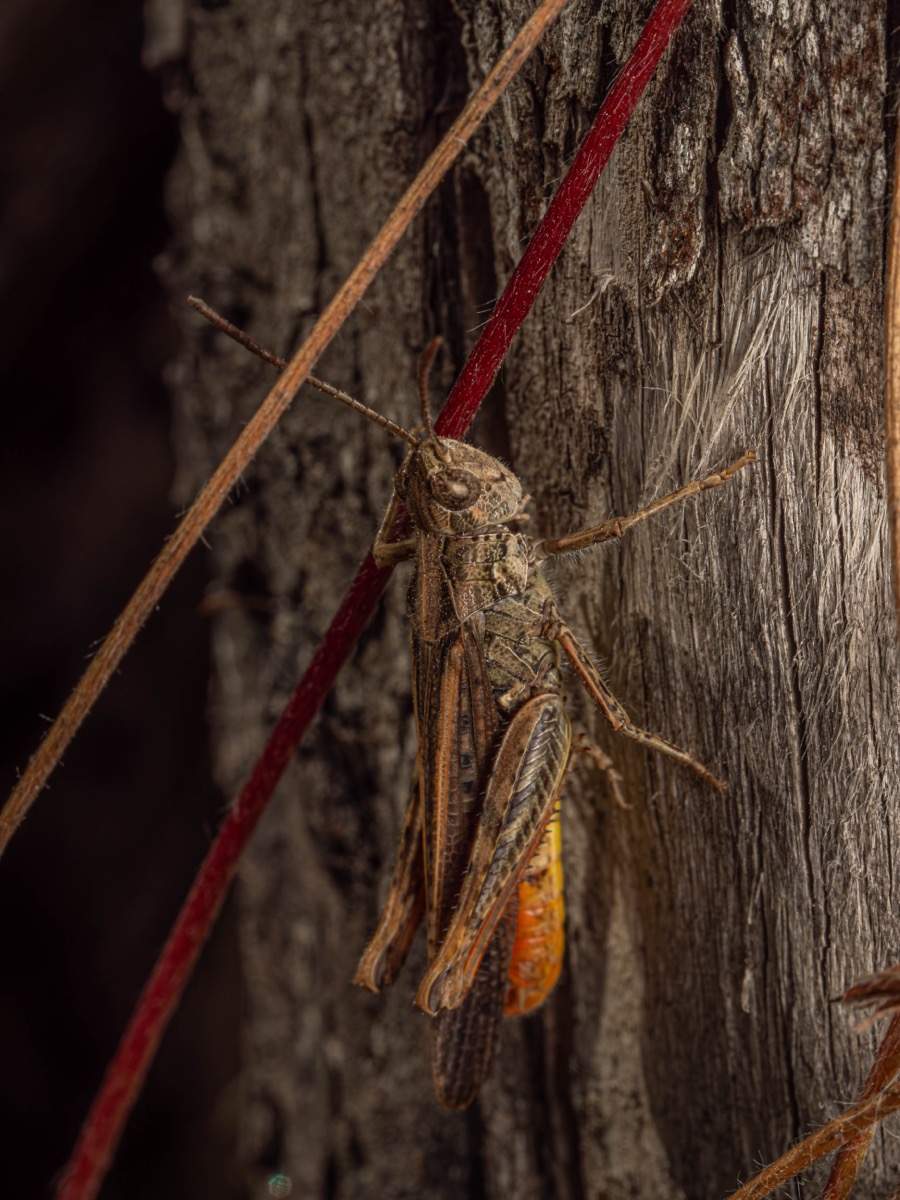Characteristics
- Two pairs of wings covered with pigmented scales
- Spiral proboscis (often functional in adults), varied antennae
- Complete metamorphosis (holometabolous): egg → caterpillar → chrysalis → imago
- Highly variable colors: from cryptic to aposematic
- Diurnal or nocturnal activity depending on the families
Habitat
Lepidoptera colonize:
- All terrestrial habitats: forests, meadows, wetlands, steppes, gardens
- Urban areas, cultivated lands, tropical or alpine ecosystems
- Found from sea level to high mountain zones
Biology
- Eggs laid on or near a host plant
- Phytophagous caterpillars, sometimes miners, borers, aquatic or carnivorous
- Pupation in a naked chrysalis or in a cocoon
- Life cycle varies: from a few weeks to several years
- Some adults feed actively, others not at all
Main Groups (selected superfamilies)
- Papilionoidea – Typical day butterflies (swallowtails, whites, nymphalids…)
- Hesperioidea – Skippers or zigzag butterflies (stocky, hooked antennae)
- Noctuoidea, Geometroidea, Pyraloidea, Zygaenoidea, Hepialoidea – Highly diverse moths
- Tortricoidea, Tineoidea, Gelechioidea – Microlepidoptera
- Bombycoidea, Sphingoidea – Powerful and often spectacular groups
Iconic Species
- Papilio machaon – Swallowtail: large yellow and black butterfly with tails, very common
- Vanessa atalanta – Red admiral: migratory, visible from spring to autumn
- Autographa gamma – Silver Y moth: very common, wing marked with a silver symbol
- Zygaena filipendulae – Six-spot burnet: brightly colored, slow-flying
Specificities
- Ideal group for naturalist observation, easily accessible to the public
- Valuable indicators of habitat quality (meadows, forests, wetlands)
- Highly sensitive to habitat fragmentation, eutrophication, and pesticides
- Important both in ecology and agriculture (pollination vs. pests)
here are the order pages:
